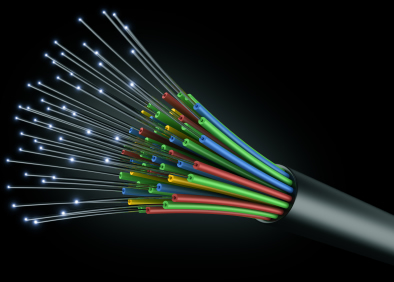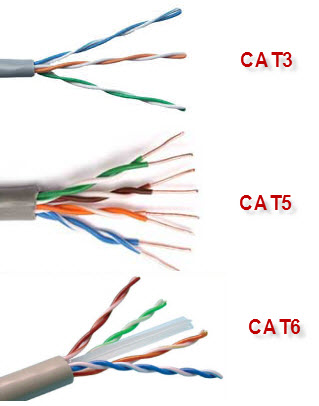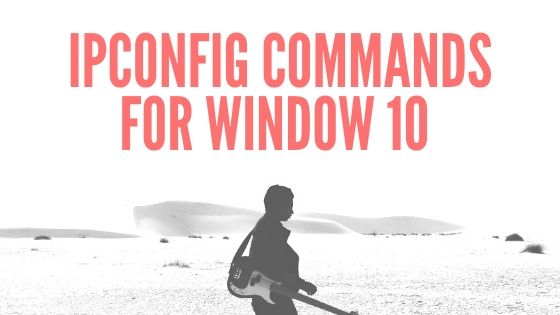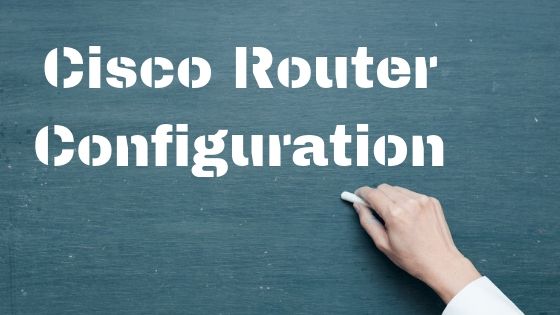
What is the Fastest Ethernet Cable For Your LAN:
This article is about the review of connection speed of different Ethernet cables like fiber optics, coaxial or Twisted-pair. Although every Ethernet cables are suitable for different network scenarios, for example for internal LAN normally we use the Twisted-pair or coaxial cable. Similarly for connecting two branch offices or connecting two routers in same campus we can use optical fiber. In this article we will discuss high speed Ethernet cables. If we summaries the discussion of fastest Ethernet cables we can list up the following Ethernet cables in category of high speed Ethernet cables.
- Fiber optics (Multimode & single Mode)
- Cat 7
- Cat6 & Cat6e
- Cat5 & Cat5e
How to choose Ethernet cable?
The Ethernet cable is used mainly in the field of telephony and computing. The cat5 cable is standard Ethernet cable, allowing data rates up to 100Mbps.The category 6 cable is of superior quality and can carry up to 7Gbps.The category 7 cable is best in terms of Ethernet. Cat7 cable has shielded twisted pairs individually and collectively to reduce parasitic phenomena related to crosstalk. Choosing your Ethernet cable depends on different factors like bandwidth cast etc. If cast is not your problem then you may select your cable according to following rules:
- If you want to connect your device to a router or switch in your office then a cat.5 Ethernet cableis enough.
- For connecting the core devices like router to another router or switch to switch, optical fiber, Cat6 or cat7 is your best option.
Following are the major categories of Ethernet have also been organized by their speed:
- Ethernet (10Mbps)
- Fast Ethernet (100Mbps)
- Gigabit Ethernet
- 10 Gigabit Ethernet
- Fiber Optic
Ethernet Speed Physical Standards
Ethernet Speed is often represented by the physical standards which are labeled by their transmission rate, signaling type, and media type. For example, 100baseT represents the following:
- 100 represent the speed of transmission rate in Mbps.
- Keyword Base indicates that it is a baseband transmission.
- The last part (T) represents the physical media type (twisted-pair).
Ethernet communication is baseband, which dedicates the entire capacity of the medium to one signal or channel. In broadband, multiple signals or channels can share the same link, through the use of modulation. In following table different Ethernet standards are presented with speed and distance.
| Ethernet Standard | Speed | Distance | Cable or Media type |
| 10BASE-T | 10 Mb / s | 100 meters | Coaxial / Twisted pair |
| 100BASE-TX | 100 Mb / s | 100 meters | Coaxial / Twisted pair |
| 100BASE-FX | 100 Mb / s | 412 meters2 Km | Half Duplex Multi-Mode FiberFull Duplex multi-mode optical fiber |
| 1000 Base LX | 1000 Mb / s 1000 Mb / s |
3 Km 550 |
Single-mode FiberMulti-Mode Fiber |
| 1000 Base SX | 1000 Mb / s 1000 Mb / s |
550 meters 275 meters |
Multi-mode optical fiber (50u) multi-mode optical fiber (62.5 u) |
| 1000 Base C (not supported by standard industrial applications) |
1000 Mb / s | 25 meters | Copper, 4 pairs UTP5 |
| 1000 Base T – 1000 Base TX IEEE 802.3 | 1000 Mb / s | 100 meters | Twisted pair 5e cable, |
| 1000BASE LH | 1000 Mb / s | 70 km | Optical fiber |















